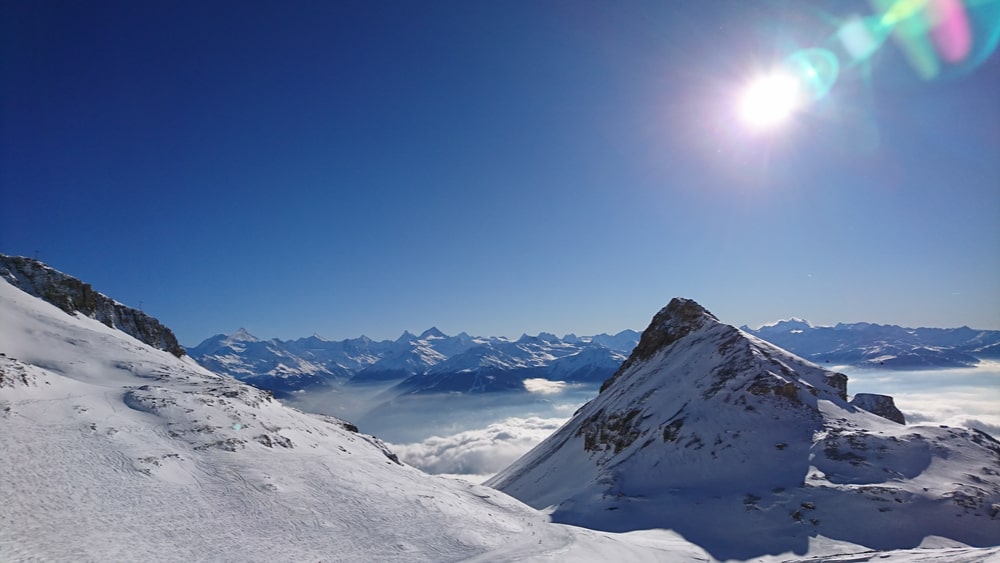Working with International and Swiss clients for over 20 years to create their alpine lifestyle.
Development and sales of luxury chalets, apartments and hotels in the Alps.
Contact: info@alplifestyle.com
Looking to rent a property for holidays, extended visits, or to relocate?
Contact:info@miggins.ch

